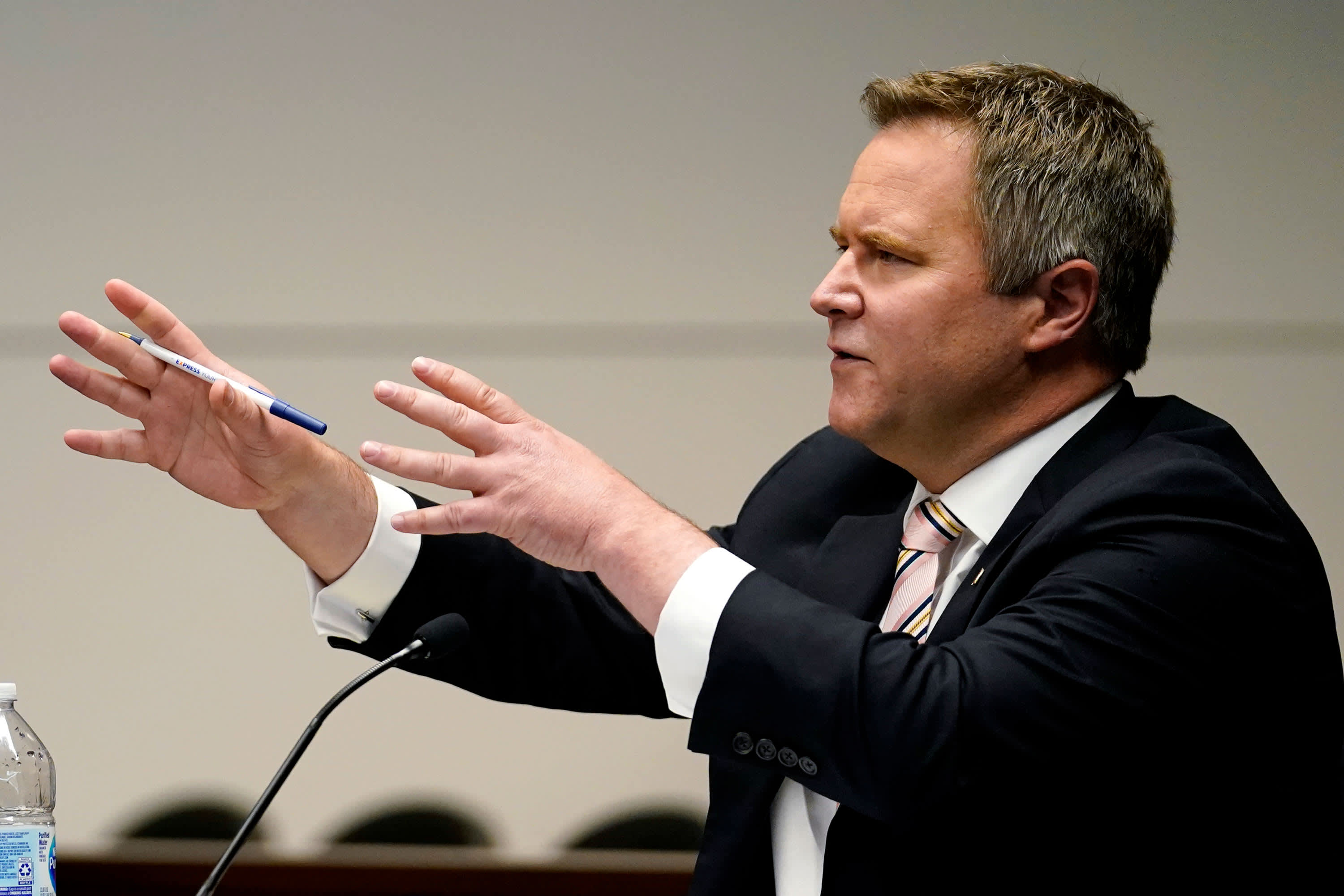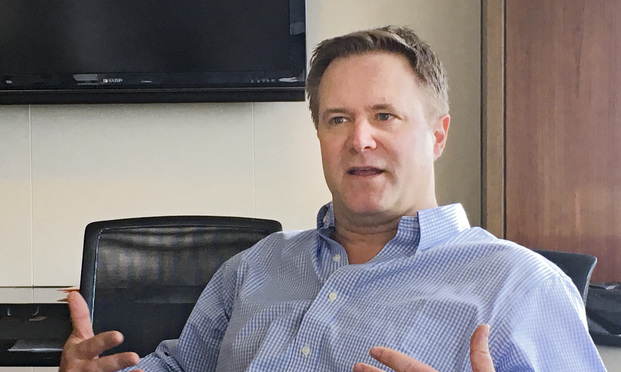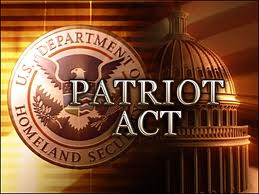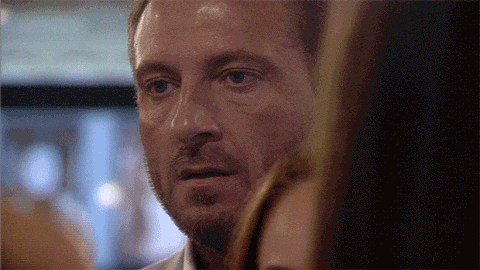Police in D.C. Concerned About September 'Justice' Rally for Charged Capitol Rioters
BY MAGGIE GILE ON 8/18/21 AT 3:21 PM EDT

 www.google.com
www.google.com
Police in Washington, D.C. are concerned over a rally planned for September 18 to seek out "justice" for those who have been charged in connection to the January 6 Capitol riot, the Associated Press reported.
Organizers call themselves "Justice for J6" and have told authorities it will be a peaceful event. However, law enforcement officials are apprehensive, fearing the event with thousands of people could quickly become violent.
A January 6 Capitol Police intelligence assessment said that supporters of former President Donald Trump viewed January 6 "as the last opportunity to overturn the results of the presidential election. This sense of desperation and disappointment may lead to more of an incentive to become violent."
Unlike past events, when pro-Trump supporters clashed violently with counter-demonstrations, "Congress itself is the target on the 6th," the assessment added.
Yogananda Pittman, the Capitol Police official who led intelligence operations when thousands of pro-Trump rioters descended January 6, is back in charge of intelligence as officials prepare for what's expected to be a massive rally at the Capitol to support those who took part in the insurrection.
Pittman—elevated to acting chief after then-Chief Steven Sund was forced to resign in the aftermath of the deadly insurrection—was passed over last month for the role of permanent chief. The Capitol Police Board, which oversees the force, instead picked J. Thomas Manger, the former chief of the police departments in Fairfax County, Virginia and Montgomery County, Maryland.
Pittman's tenure as assistant chief was marred by a vote of no-confidence from rank-and-file officers on the force and questions about intelligence and leadership failures—specifically, why the agency wasn't prepared to fend off a mob of insurrectionists, even though officials had compiled intelligence showing white supremacists and other extremists were likely to assemble in Washington on January 6 and that violent disruptions were possible.
But more than six months after the riot, Pittman has been put back in charge as assistant chief of the agency's intelligence operations and supervising officers who protect top congressional leaders.
That Pittman remains in the position overseeing intelligence is notable given the internal leadership upheaval that followed the riot—Sund, the House and Senate sergeants at arms and the only other assistant police chief all resigned after January's attack—though on the other hand, removing her from the job could also represent a concession by the department that there was an intelligence failure on their part.
Capitol Police officials say Pittman was "given the additional responsibility" of being the acting police chief on a temporary basis and never left her old job, though an organization chart obtained by AP shows that the position of assistant chief overseeing intelligence was held by a different official, Sean Gallagher. He is now temporarily in charge of the department's uniformed officers.
"In that temporary position, Chief Pittman led the Department through numerous reviews. She also directed and led improvements to pivot the USCP towards an intelligence based protective agency," the agency said of Pittman's time as police chief.

BY MAGGIE GILE ON 8/18/21 AT 3:21 PM EDT

Police in D.C. concerned about September "justice" rally for charged Capitol rioters
Organizers call themselves "Justice for J6" and have told authorities it will be a peaceful event, but officials fear it could quickly become violent.
Police in Washington, D.C. are concerned over a rally planned for September 18 to seek out "justice" for those who have been charged in connection to the January 6 Capitol riot, the Associated Press reported.
Organizers call themselves "Justice for J6" and have told authorities it will be a peaceful event. However, law enforcement officials are apprehensive, fearing the event with thousands of people could quickly become violent.
A January 6 Capitol Police intelligence assessment said that supporters of former President Donald Trump viewed January 6 "as the last opportunity to overturn the results of the presidential election. This sense of desperation and disappointment may lead to more of an incentive to become violent."
Unlike past events, when pro-Trump supporters clashed violently with counter-demonstrations, "Congress itself is the target on the 6th," the assessment added.
Yogananda Pittman, the Capitol Police official who led intelligence operations when thousands of pro-Trump rioters descended January 6, is back in charge of intelligence as officials prepare for what's expected to be a massive rally at the Capitol to support those who took part in the insurrection.
Pittman—elevated to acting chief after then-Chief Steven Sund was forced to resign in the aftermath of the deadly insurrection—was passed over last month for the role of permanent chief. The Capitol Police Board, which oversees the force, instead picked J. Thomas Manger, the former chief of the police departments in Fairfax County, Virginia and Montgomery County, Maryland.
Pittman's tenure as assistant chief was marred by a vote of no-confidence from rank-and-file officers on the force and questions about intelligence and leadership failures—specifically, why the agency wasn't prepared to fend off a mob of insurrectionists, even though officials had compiled intelligence showing white supremacists and other extremists were likely to assemble in Washington on January 6 and that violent disruptions were possible.
But more than six months after the riot, Pittman has been put back in charge as assistant chief of the agency's intelligence operations and supervising officers who protect top congressional leaders.
That Pittman remains in the position overseeing intelligence is notable given the internal leadership upheaval that followed the riot—Sund, the House and Senate sergeants at arms and the only other assistant police chief all resigned after January's attack—though on the other hand, removing her from the job could also represent a concession by the department that there was an intelligence failure on their part.
Capitol Police officials say Pittman was "given the additional responsibility" of being the acting police chief on a temporary basis and never left her old job, though an organization chart obtained by AP shows that the position of assistant chief overseeing intelligence was held by a different official, Sean Gallagher. He is now temporarily in charge of the department's uniformed officers.
"In that temporary position, Chief Pittman led the Department through numerous reviews. She also directed and led improvements to pivot the USCP towards an intelligence based protective agency," the agency said of Pittman's time as police chief.












 He tried to renig on his dumbass Q-Anon belief... Judge still banged his stupid ass over the head with 4yrs... I shouldn't care, but I'm hooked on the stories of the demise of the insurrectionist...
He tried to renig on his dumbass Q-Anon belief... Judge still banged his stupid ass over the head with 4yrs... I shouldn't care, but I'm hooked on the stories of the demise of the insurrectionist...

